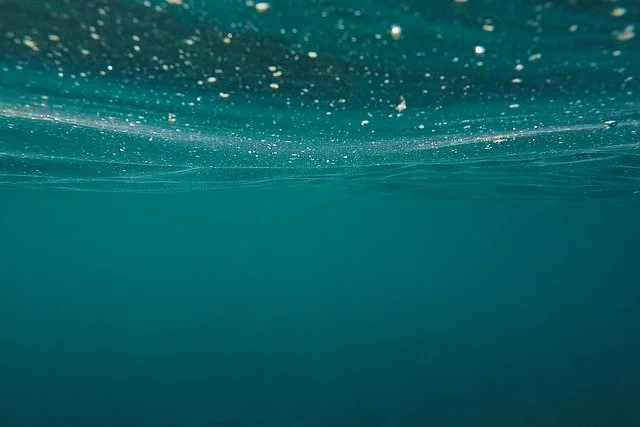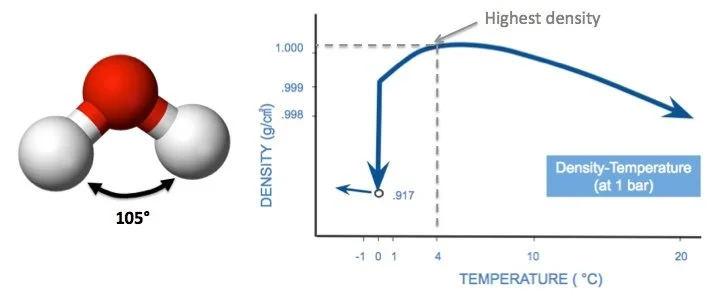
Warming Our Oceans:
A Checklist for Extinctions
Mike Kozuch, PhD and Jere H. Lipps, PhD [January, 2023].
Many of us are familiar with the effects that changes in our climate have on our atmosphere and land, but we don’t often see how a warming climate will affect the ocean. Yet, nearly 96% of the heat that is in the atmosphere is captured by the ocean. It is the heat in the ocean that can have serious consequences for living systems both in and out of the water.
In the past, these changes have lead to major extinctions.
Here, we outline the most important consequences of a warming ocean and highlight what we see today. What we do, as a human race, will dictate the terms of our survival.
Thermal Gradient
We begin our checklist with the concept of thermal gradient which is simply a change in temperature over depth.
As you add more heat to the ocean,
the difference in temperature between surface and deep layers becomes less, and
the difference in temperature between water at the poles and the equator also becomes less.
It takes a while for heat to diffuse to deep water but eventually it does and this leads to a more homogenous ocean temperature.
Temperature is also related to density, and this leads us to our next concept of thermal expansion.
Thermal Expansion and Sea Level
We know that warm water is less dense than cold water. This is because at higher temperatures the water molecule expands.
In the ocean, the less dense warmer water sits on top of the denser colder water.
As more and more of the deeper layers warm up we should see deep layers expand and contribute to sea level rise.
Currents and Temperature
Ocean currents are driven by a couple of mechanisms:
Surface currents are largely driven by wind.
Deep ocean currents are driven by density variations.
As ocean temperatures increase and become more homogeneous, then we should see a slow down in currents. In fact, we are already seeing a slow down in thermohaline circulation which is our global conveyor belt of deep water circulation.
We can look in the geological record for what this might mean. Paleobiological evidence points to a slowdown in marine ocean currents during the major extinctions. This also lead to less habitat variability and lower species diversity.
When ocean currents subside then we see less upwelling and mixing along the coasts. Without upwelling, deep water nutrients would not be feeding surface water plankton and fish stocks. Upwelling is a major reason the fishing industry in Peru and Ecuador (and other parts of the world) is so strong.
The Human Impact of Sea Level Rise
While an average sea level rise of just a few feet might not seem like much, the coastal impact is enormous. For low lying coasts this could mean many square miles of land that is inundated or subject to new flooding during storms or high tides.
This also means that salt water will affect coastal groundwater aquifers by pushing them inland. Coastal airports, rail lines, highways, and infrastructure could all be affected at a cost of trillions of dollars. Miami already runs pumps in multiple downtown locations to control flooding. This begs the question of how much can we afford to mitigate before we have to move inland.
Thermal Displacement and Crabs
Warm water also affects biological habitats and this is not only evident with bleaching events, but also the migration of animals to areas that are more agreeable to their needs. We see this on land and in the ocean. Scientists now call this thermal displacement.
X crabs, commonly seen in tropical latitudes are now moving towards the poles. As these crabs migrate by the millions across the seafloor, they wreak havoc on the ocean bottom habitats for thousands of species.




